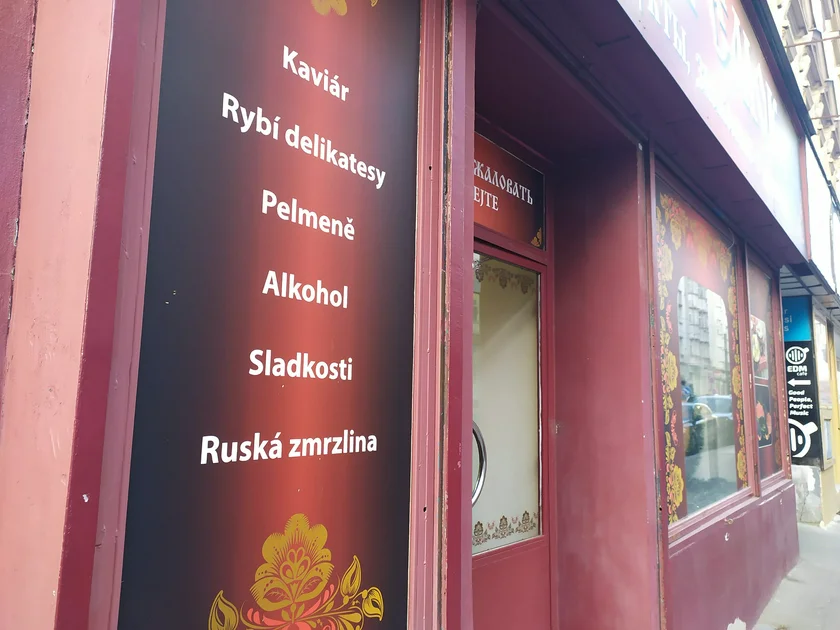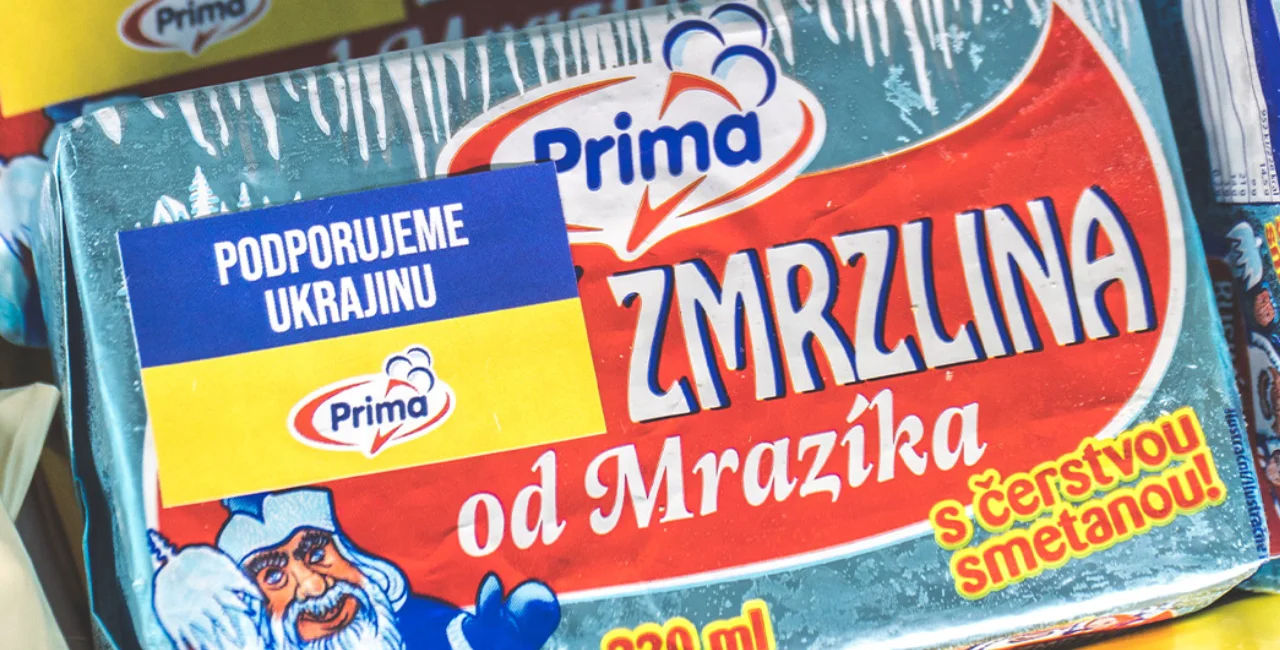The popular “Ruská zmrzlina” (Russian ice cream) is being renamed “Ukrajinská zmrzlina” (Ukrainian ice cream) by its maker, Bidfood Czech Republic. The sweet frozen treat has been made in the Czech Republic since 1992 and only has a historical connection to Russia.
“We want to express solidarity with Ukraine and its people. We feel a moral obligation to oppose the aggressive and unjust actions of Russian officials and to give a clear message to the people of Ukraine living in the Czech Republic or Slovakia that we think and support them,” Prokop Volf, head of the Prima division of Bidfood.
Bidfood’s Prima division has made the Ruská zmrzlina ice cream sandwich as well as Mrož and Pegas ice cream products in the Czech Republic since the beginning of the Prima brand. Millions of ice cream sandwiches are sold annually.
At the start of the Russian invasion of Ukraine, the company decided to change the sandwich’s name and the packaging of the ice cream.
Do you agree with changing Ruská zmrzlina to Ukrajinská zmrzlina?
It will take a few days for the new labels to make their way through the supply chain. “Today, in all our warehouses we started gluing stickers over the word ‘Russian’ to express support for Ukraine," Volf said.
“We believe that Czech customers feel the same way we do. Currently, such gestures are needed,” he added.
This is planned as a long-term change. Ice cream with a completely new label, and not just a sticker, will hit the market in early April. “The visual is ready and the packaging is being produced,” Volf said. The ice cream, which is made on a production line imported from Lithuania, is popular mainly in the Czech Republic, Slovakia, Lithuania, Ukraine, Russia, and Armenia.

During the communist era, some ice cream was imported from the Soviet Union, and it was considered a treat. It was particularly high in fat content, which gave it a distinctive flavor. Imports mostly stopped shortly after the Velvet Revolution as it was not economical, though it can be found in specialty food stores.
Manufacturers kept the Ruská zmrzlina name even when production shifted to then-Czechoslovakia to keep the association with the popular flavor.
Ruská zmrzlina is now used as a generic term, and other makers such as Algida have their own versions. Algida has not announced a name change. Another called Originál Ruská Zmrzlina, which has a retro label with Cyrillic lettering as well as in Czech, is imported from Poland.

Foods have a long history of being renamed during times of conflict. During World War I in the United States, sauerkraut was called “liberty cabbage” and hamburgers became “liberty steaks.” German measles was renamed “liberty measles” and even dachshund dogs became “liberty pups.”
Kaiser rolls became hard rolls, one of the few names that persisted once the conflict ended. Similar changes took place in World War II, with “victory” often used in place of “liberty.”
When World War I started, fried sliced potatoes were called German fries in some areas, and french fries in others in the U.S. The name french fries won out at least until 2003 when France opposed the Iraq war. There was an effort to rename french fries to freedom fries, and french toast to freedom toast. Freedom fries were on the menu in the U.S. Congress’s dining hall until 2006.












 Reading time: 2 minutes
Reading time: 2 minutes 

























